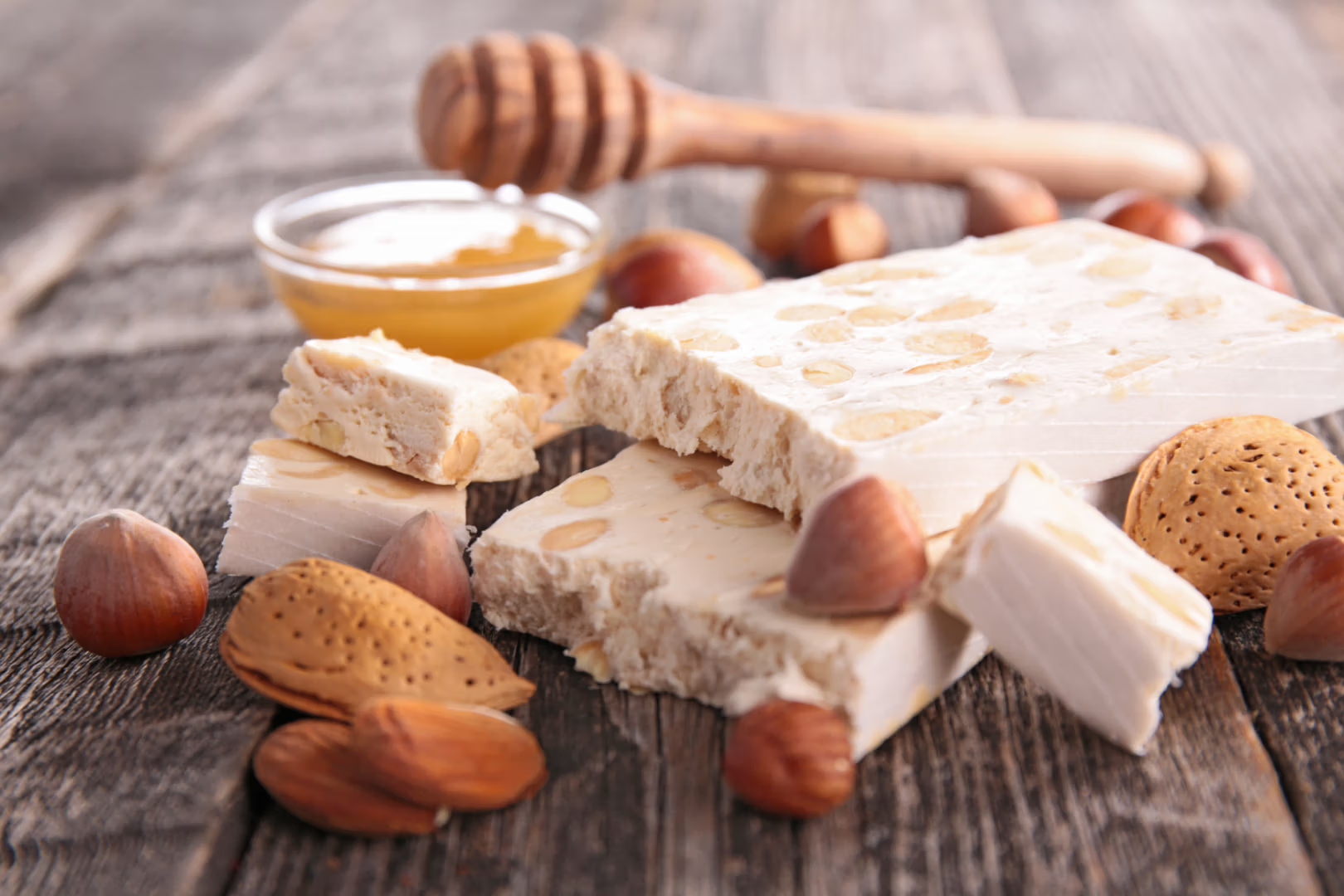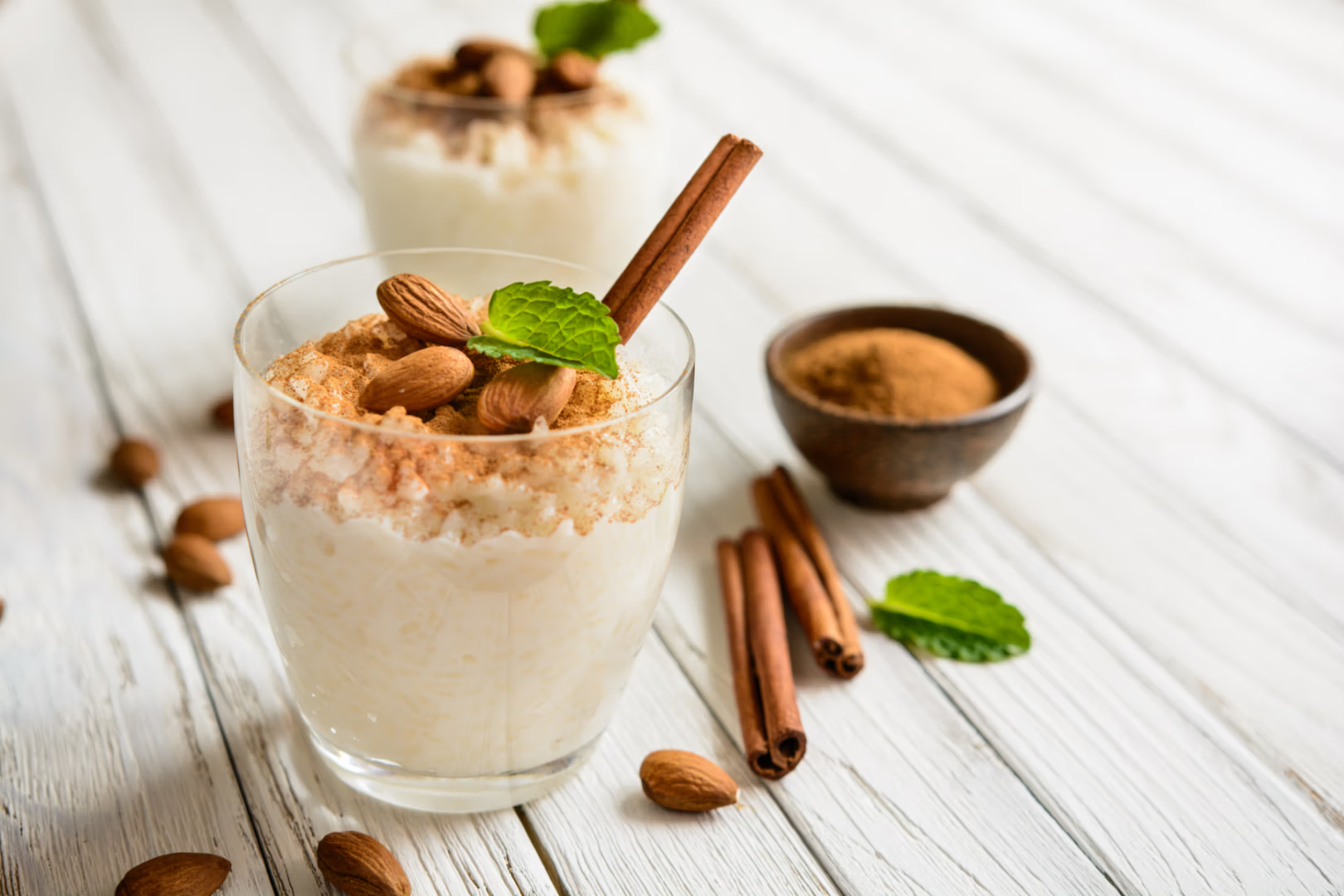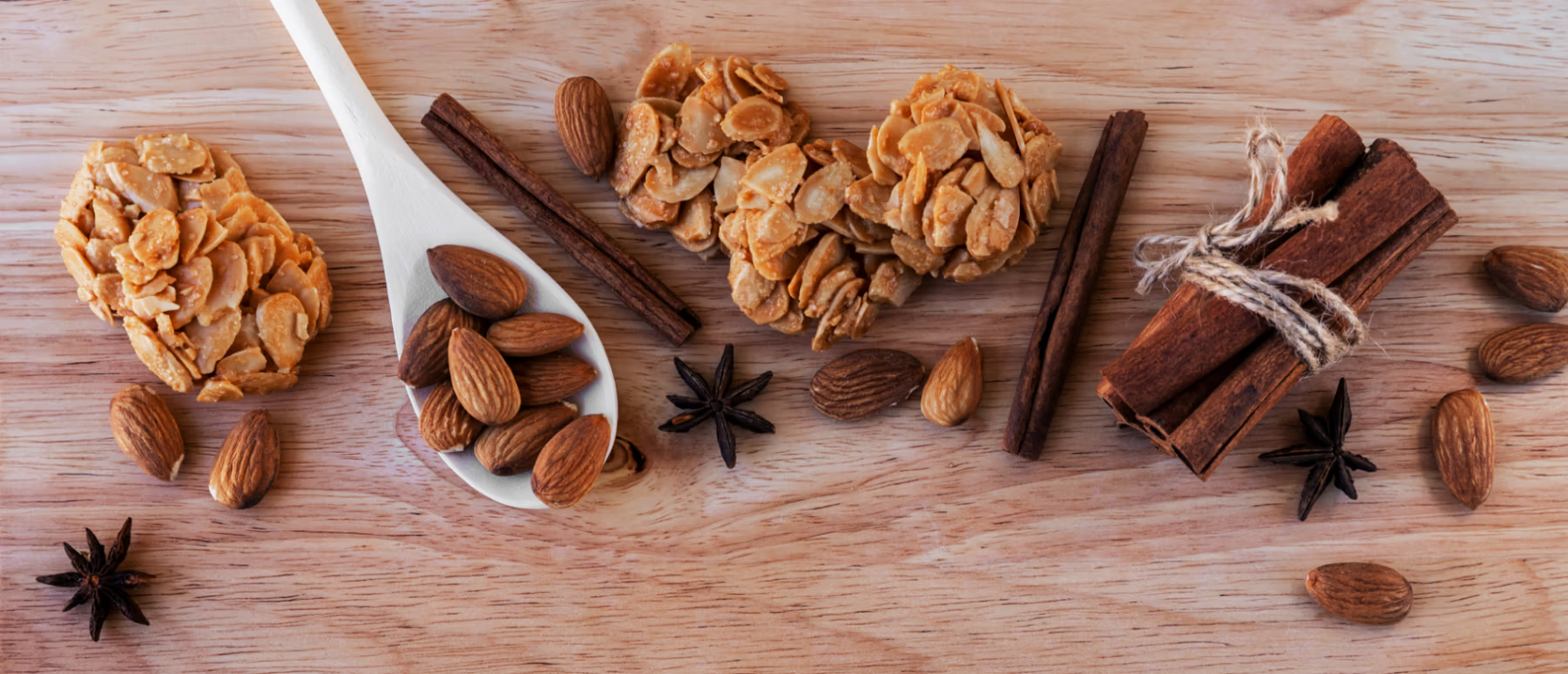Almond Use Around the World
As we approach the Christmas/holiday season, given our little extra spare time, we have been inspired to discover how cultures all over the world like to use almonds and to try some of these dishes for ourselves. In doing this, we aim to understand exactly what the almond means to different cultures, based on how they are prepared, flavoured, and served.
Look below to find out how many different cultures use the almond, and hopefully, you can try almonds in some of these forms!
Japan:
In the mid-1980s, the Japanese created a sweet-and-sour snack to increase their children’s daily calcium intake, almond fish. Almond fish are dried, slightly sweet sardines that are combined with chopped almonds.
In Japan, almonds are also used for sweets. These are commonly chocolate-coated almond balls, and chocolate-coated pretzel sticks, coated with chopped almond pieces.
France:
Almonds are used in a wide variety of dishes, both sweet and savoury, within the French cuisine. They are commonly included in hor d oeuvres and exquisite main dishes. Almonds are also a staple ingredient in many famous French desserts, most notably nougat, Calisson candies, macarons (I personally think these are divine!) and flaked atop freshly baked croissants.
- Published:


Japan
Sugar Coated Almonds
France
Almond Nougat
Sweden:
The most common use for almonds in Sweden is in rice pudding, which although can be served year-round, is most common around Christmas time for sharing. An almond is hidden inside this creamy dessert and it is said that if a single young man or woman found it, they would experience true love in the coming year.
Italy:
Like France, Italian cuisine is known for its desserts that use almonds either as an ingredient within or a decoration on top. These are namely Biscotti and Amaretti biscuits which are perfectly paired with coffee.
Almonds are also symbolic in many Italian ceremonies. They are covered in a sugar coating and given as a gift to guests in clusters of 5, wrapped in delicate tulle and tied in with ribbon. The number ‘5’ is itself symbolic, as it represents 5 gifts the almonds are to bring: happiness, health, wealth, fertility, and longevity. Although the candy coating is white for weddings, it can be coloured for christenings: blue for boys and pink for girls.


Sweden
Rice Pudding
Italy
Biscotti Biscuits
Greece:
The Greeks, like Italians, use sugar-coated almonds in special ceremonies, these are called Bonbonniere.
Almonds are also an important ingredient for many Greek sweets, including Baklava (a pastry dessert with nutty layers and topped with a honey, citrus syrup) and Kourabiethes, short-bread biscuits coated in icing sugar.
Germany:
In German cuisine, almonds are used to create the famous Bienenstich cake: two layers of yeast cake filled with a custard. This cake is made even more delicious by finishing it with a delectable honey and almond topping.


Greece
Baklava
Germany
Bienenstich (Bee Sting) Cake
China:
Chinese people enjoy snacking on almonds, as they are widely renowned for their nutritional benefits. During Lunar New Year, almond cookies that resemble coins are made to bring good luck.
India:
The Indian culture would have to be one with the most uses for almonds! They use it for special occasions, savoury dishes, and for their health!
Almonds are used as a gift to the Gods in India, as well as to loved ones on special occasions, including Diwali. Almonds are also an important ingredient in the Pasanda and Mughlai curries.
For health purposes, people from Indian cultures have traditionally eaten almonds to improve their reproductive tissues. Not only this, but almonds have been used to treat gastrointestinal irritation, bowel irregularities and joint pain. Almonds are pretty powerful!
Middle Eastern Countries:
In Lebanese culture, almonds are used as an ingredient for Meghli – a rice pudding usually made to celebrate the birth of a baby. The spices form a brown-coloured pudding, which symbolises the richness of the soil, whilst the almonds chopped and sprinkled on top symbolise growing seeds.
In Iran, almonds are given to guests during Nowruz, or New Year’s celebrated in March, whilst sugar-coated almonds are given during Persian celebrations to symbolise peace and harmony.
During Ramadan, nuts (including almonds) are an important food, as they packed with iron and protein that one can easily become deficient in during the daylight-fast. Not only this, but almonds provide a wide variety of other nutrients (see our Health Benefits page for more) that can further nourish the body during Ramadan.


India
Spices & Desserts
Middle Eastern
Almond Biscuits
Based on the wide range of uses almonds have in different cultures, I think we can agree just how important and valued they are. This is not only as a delicious ingredient or garnish in a diverse range of savoury and sweet dishes, but also for natural medicine – almonds really can do it all!




